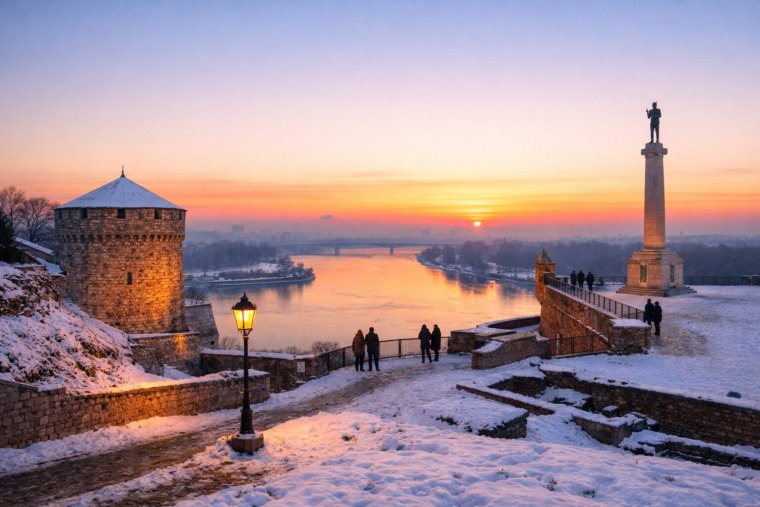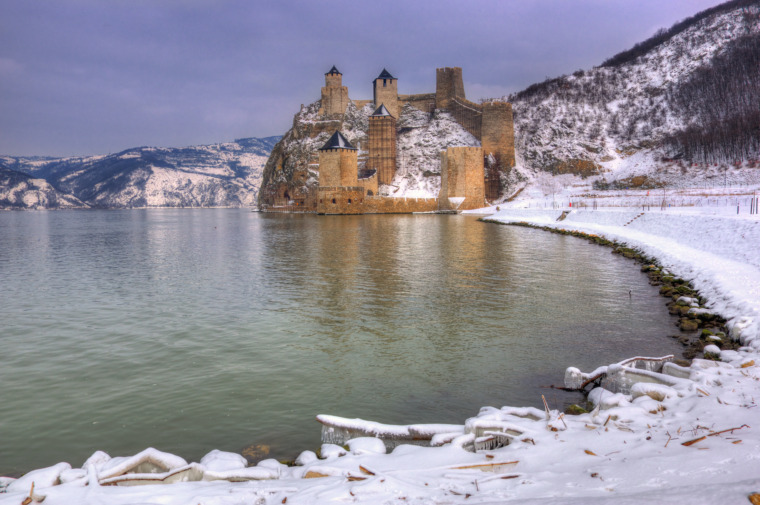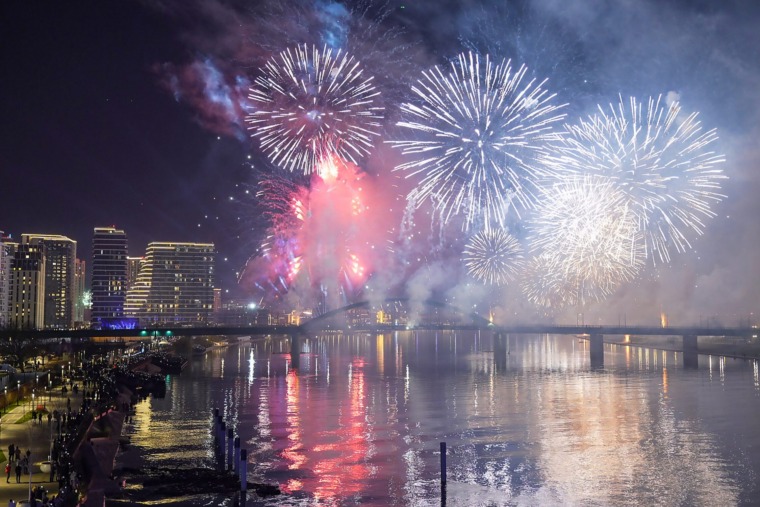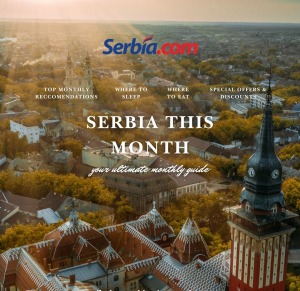
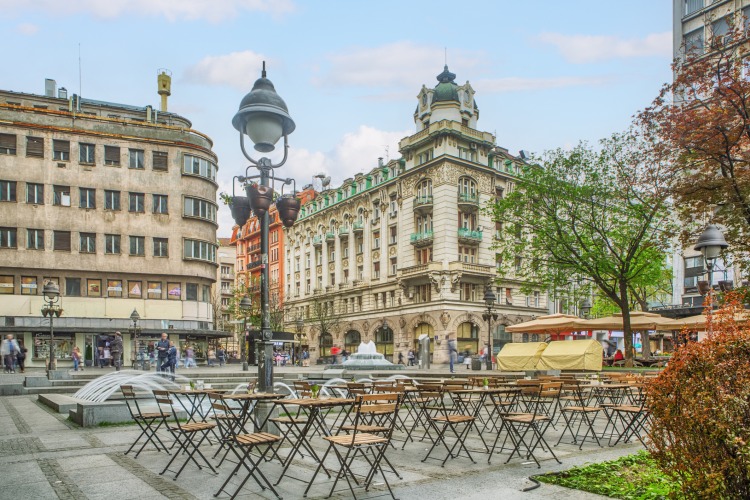
Belgrade, Serbia’s vibrant and historic capital, is home to many picturesque streets that tell stories of the city’s rich past and bustling present. From charming pedestrian zones to cultural landmarks, the streets of Belgrade offer both locals and visitors an opportunity to experience the unique fusion of history, culture, and modernity.
Here are five iconic streets in Belgrade that every traveler must explore.
1. Knez Mihailova Street – The Pulse of Belgrade
Knez Mihailova Street stands as the heart and soul of Belgrade, attracting both locals and tourists alike. This bustling pedestrian zone is one of the oldest streets in the city, dating back to Roman times when it was a major part of Singidunum (Belgrade’s ancient predecessor). Today, Knez Mihailova serves as a major shopping and cultural hub, with its grand buildings housing various boutiques, cafes, and restaurants.
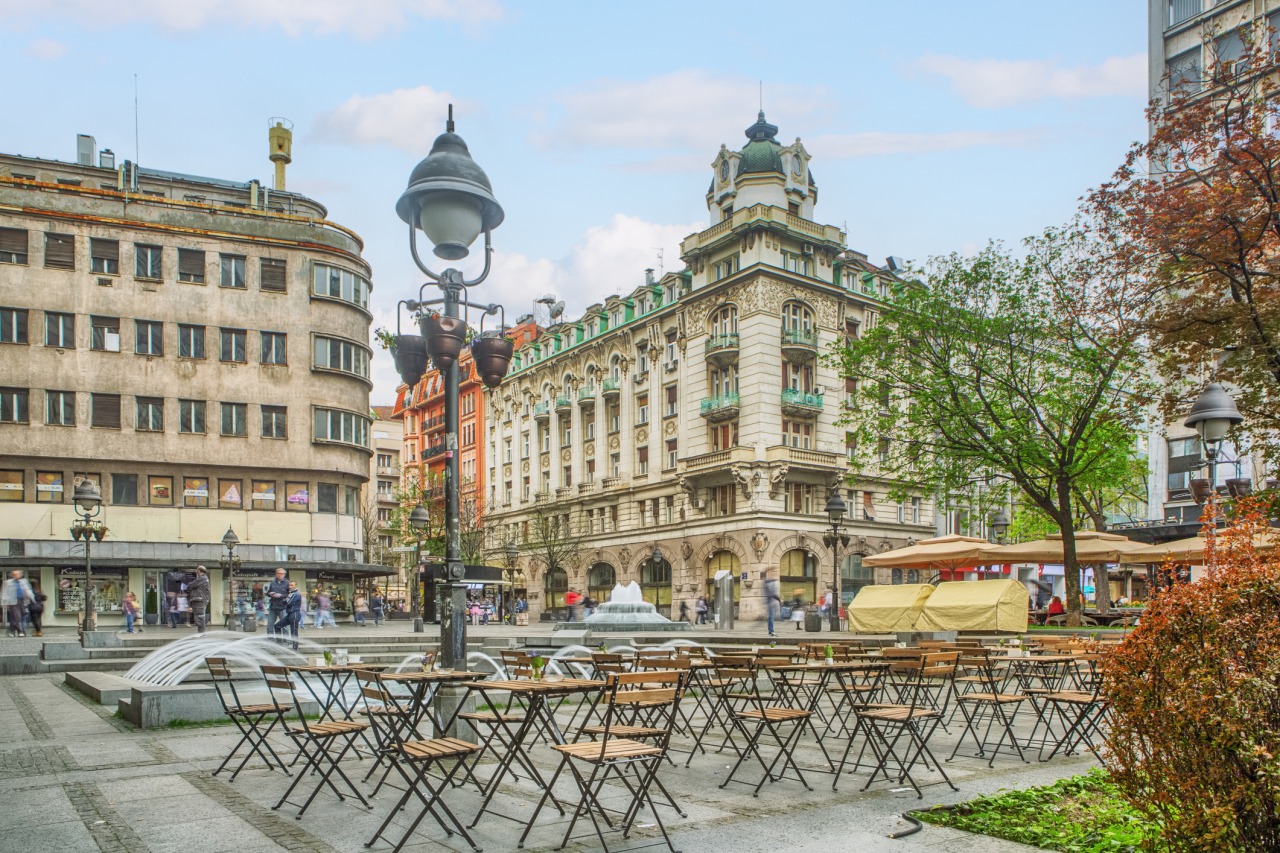
Wander down Knez Mihailova, and you’ll be walking through the city’s historical layers—each building along the street has its own tale to tell. Some of the city’s most prominent architectural gems are located here, like the famous Kolarac Foundation and Dunavska Building, where influential families once lived. Its connection to Serbia’s cultural heritage makes it an unmissable destination for anyone keen on both history and modern-day charm.
2. Karađorđeva Street – Where Culture Meets Tradition
Karađorđeva Street, located near the Sava River, has been the epicenter of Belgrade‘s cultural and historical events for centuries. This street once saw the first theater performance in the city and is still home to several historical buildings that showcase Belgrade’s rich architectural heritage. The Geozavod building, once the Beogradska Zadruga, is one such gem.
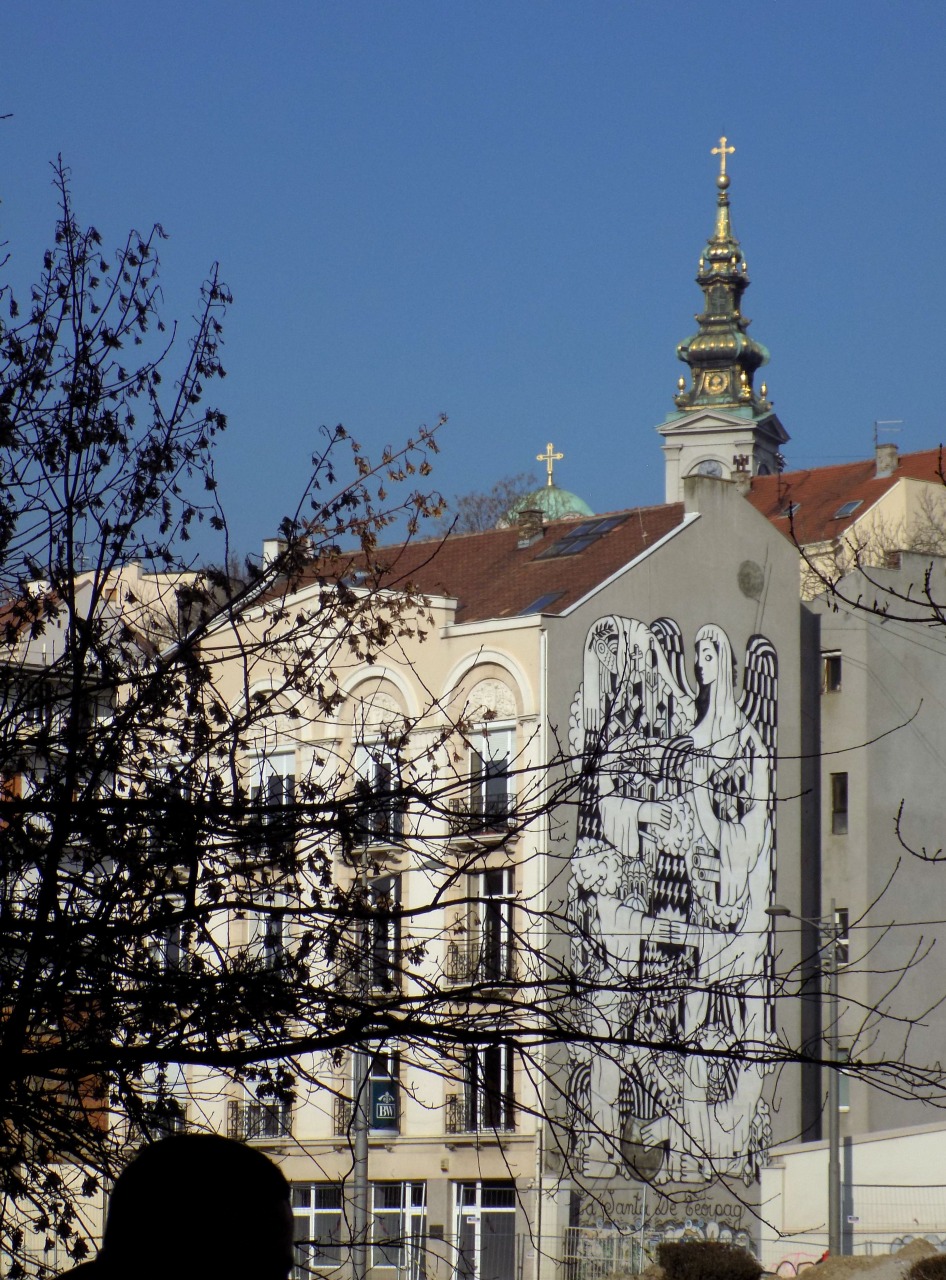

In addition to its historical importance, Karađorđeva Street is a perfect mix of old and new. The well-preserved architecture makes for an atmospheric walk, with Vazduhoplovni Muzej (The Aviation Museum) and the iconic Salon 1905 restaurant adding a touch of modern elegance to this traditionally rich street. The street’s proximity to the Belgrade Fortress and its riverside location add layers of beauty to a walk through this historical artery.
3. Kralja Petra (King Peter I Street) – A Step Back into the Past
One of Belgrade’s oldest streets, King Peter I Street offers a glimpse into the city’s deep past while being a vibrant part of contemporary life. It’s a street that gracefully bridges the 19th and 21st centuries. As you walk along its length, you will pass historically significant buildings such as Patriarchate of Serbia and the iconic Saborna Church, two important symbols of Serbian religious history.
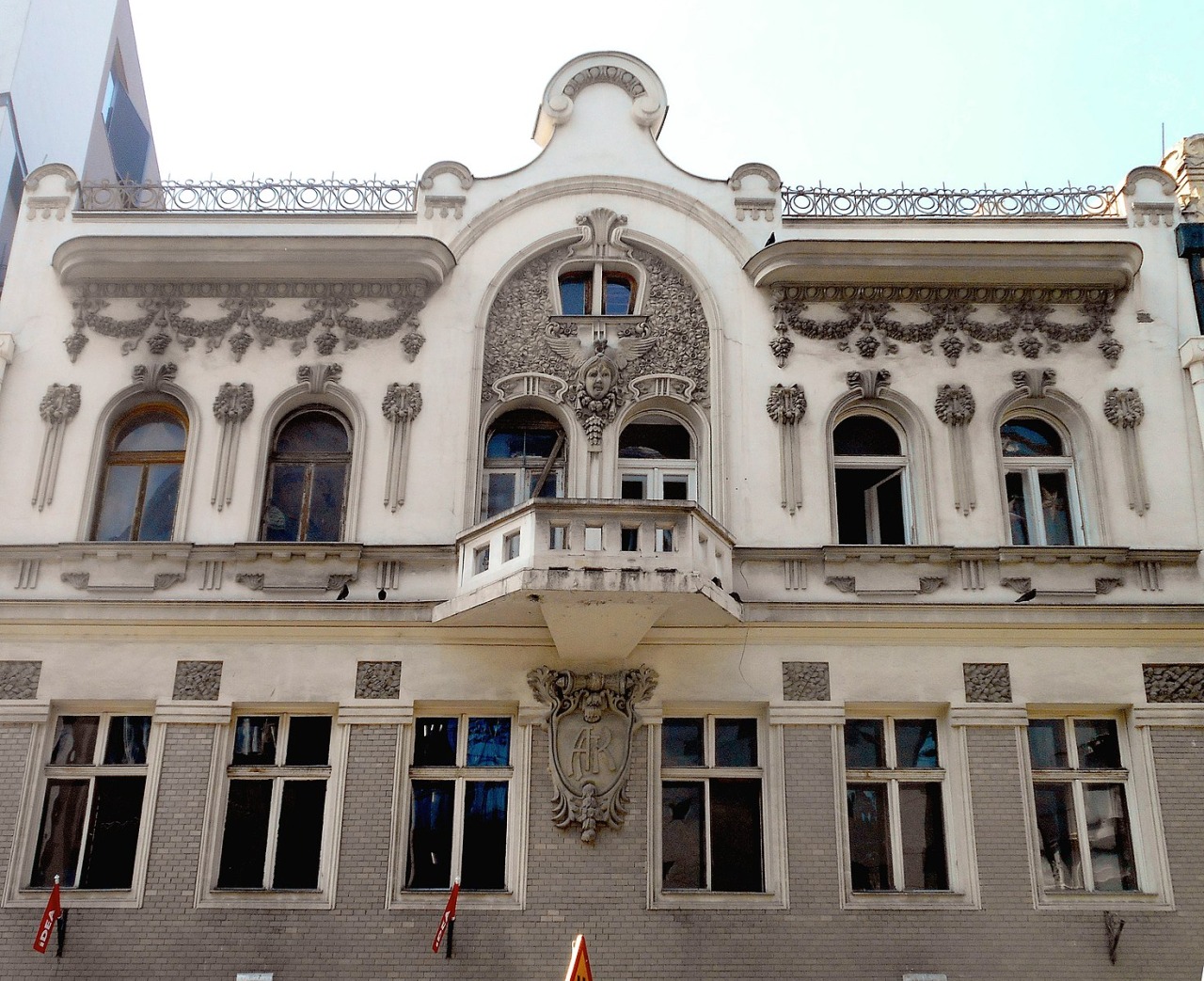
The street also houses the Konak of Princess Ljubica, a 19th-century building that now serves as a museum, giving visitors a peek into royal life. King Peter I Street has always been a gathering place for the city’s intellectuals, and today it is still home to cafes, bars, and restaurants, offering a lively and diverse atmosphere.
4. Cara Dušana (Emperor Dušan Street) – Old World Charm and Legends
Situated in Belgrade’s historic Dorćol district, Cara Dušana Street takes you back to the days of medieval Serbia. This street was once the center of commerce, with many important merchants and citizens living here. Its buildings are a true reflection of the city’s architectural evolution, with a mix of old Baroque-style homes and modern structures.
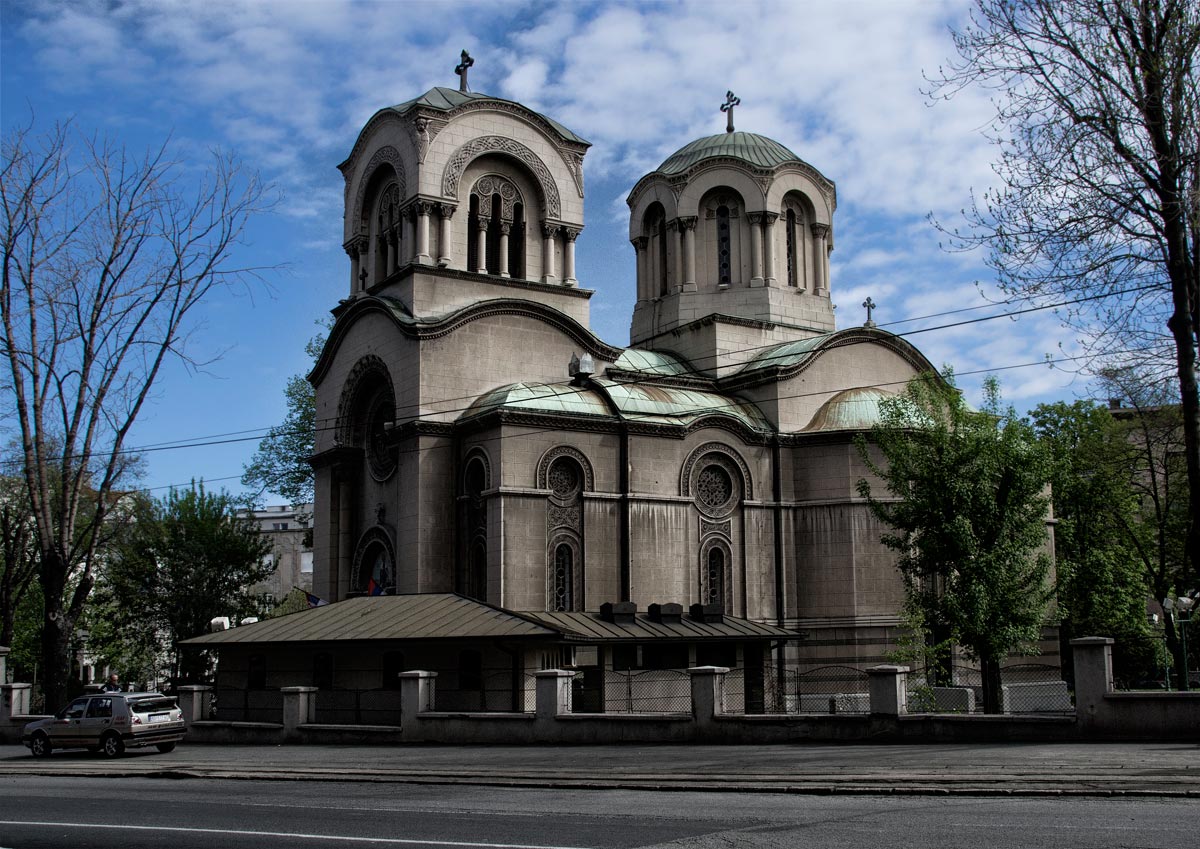
The street is not only significant because of its buildings but also because of the oldest preserved house in Belgrade, which is now a cultural monument. At number 10, visitors can marvel at a historical gem dating back to Austrian rule in the 18th century. There are also whispers of an underground tunnel connecting the house to Kalemegdan Fortress, adding a mysterious aura to this charming street.
5. Balkanska Street – A Forgotten Jewel of Belgrade
While Balkanska Street might not be as famous as others in Belgrade, it holds a special place in the city’s heart. Once the center of all urban activities, Balkanska was home to a thriving artisan community, with workshops and shops that were part of Belgrade’s cultural fabric. Today, despite some modernization, it still retains remnants of its old charm.
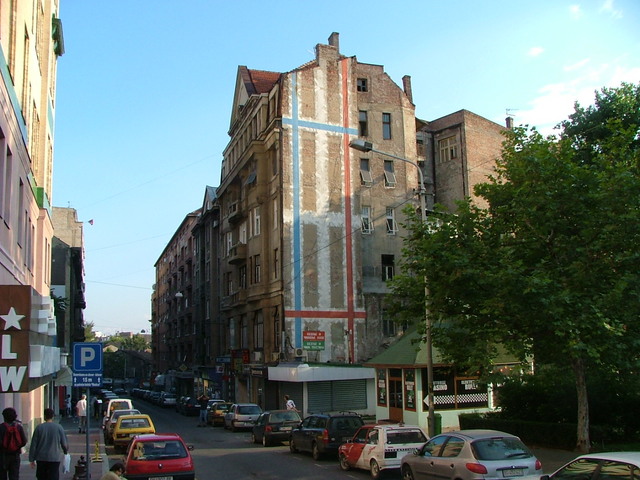
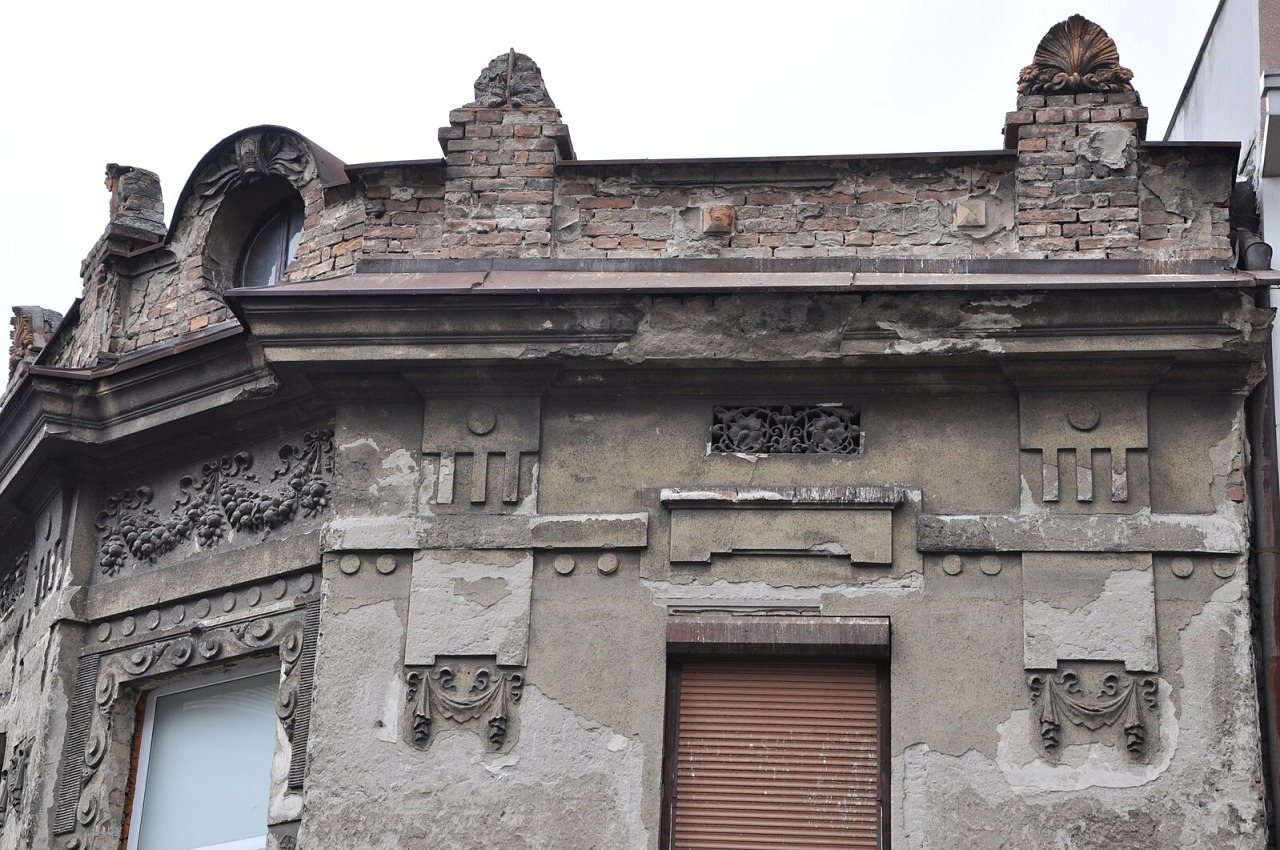
Visitors can admire the Balkanska’s cobblestone streets, which give it an air of nostalgia. Though much of its original vibrancy has faded, you can still find small local businesses and cafes that offer a taste of the past. The 20th of October Cinema, once a cultural hotspot, was situated here, while Leskovčanin (now closed) was the go-to spot for the best local fast food. Today, the street provides a quiet but unique look at Belgrade’s past, offering an opportunity to step away from the hustle and bustle of other major tourist areas.
Related Articles


Tourist Holiday Guide to Serbia: Tips, Traditions & What to Expect
December 20, 2025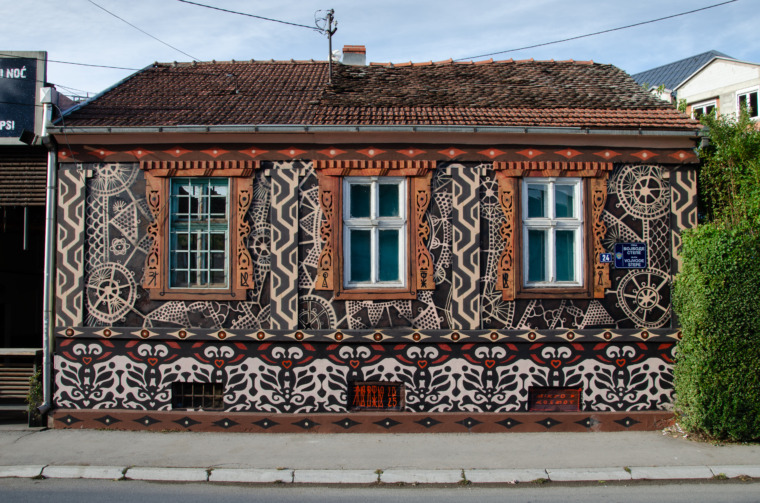
Čačak: Serbia’s Open-Air Gallery of Murals
December 19, 2025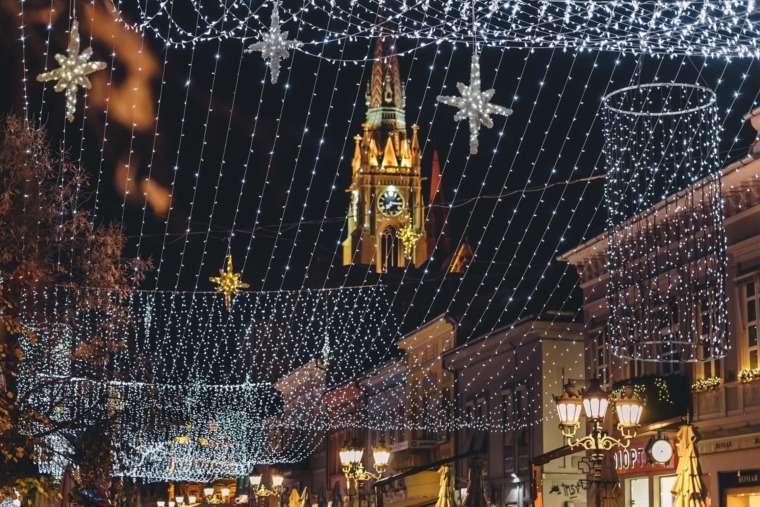
Snow-Free Serbia Travel Ideas for 2026
December 17, 2025
What to Do with Kids in Serbia: Family-Friendly Holiday Ideas
December 14, 2025

